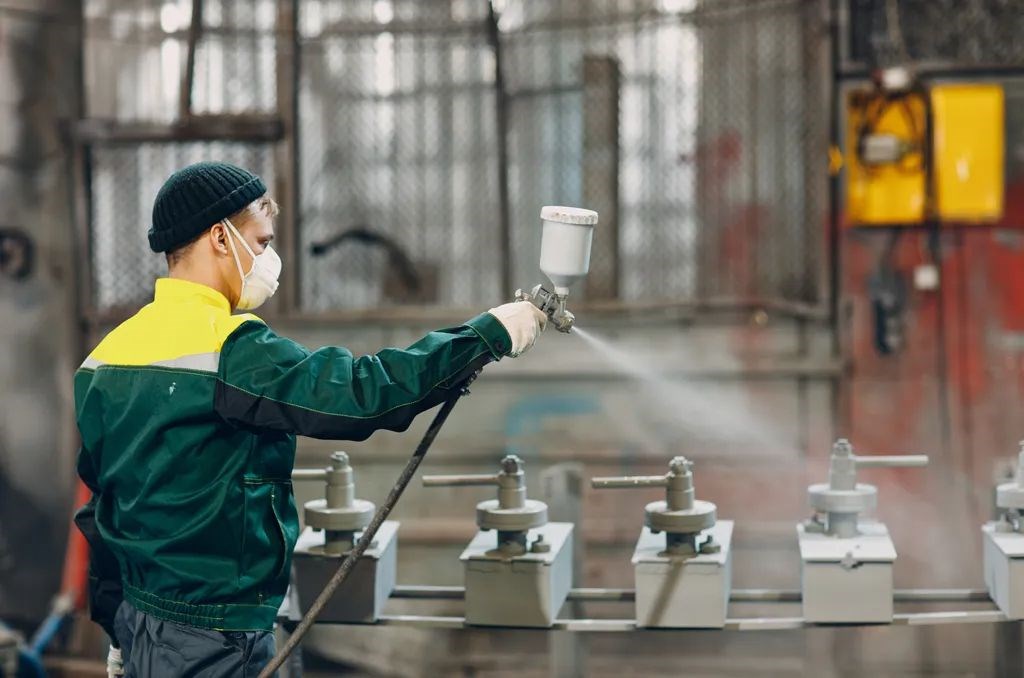Why does corrosion prevention matter so much?
Published date: 25 November 2022

Corrosion is one of the leading causes of mechanical failure. It has the potential to damage, and even render unusable, vital metallic structures such as ships and pipelines. It’s estimated that corrosion costs businesses billions of pounds every year in repairs and replacements. But there are ways to prevent corrosion, and we’re here to help you learn about them!
What is corrosion?
Corrosion is a natural process that occurs when metal is exposed to oxygen and moisture. Over time, this exposure causes the metal to break down and revert to its natural state: metal ore. This process can be accelerated by certain environmental factors, such as salt water or acid rain. The most well-known example of this type of degradation is the rusting of steel.
While corrosion is a natural process, it can have a major impact on the strength and durability of metal products. Corrosion can cause structural damage to buildings, and it can also lead to the failure of critical components in machinery. That’s why it’s so important to take steps to prevent corrosion, such as using corrosion-resistant materials and coatings.
Methods of corrosion prevention
One common method to prevent corrosion is to coat the metal with a protective layer. This coating creates a barrier between the metal and the environment. Plating, painting and application of enamel are three common surface treatment methods. Using an active metal, such as zinc, as plating is a process known as galvanisation. Flexible polyurethane coatings offer a reliable way to protect metal from rusting and environmental damage.
Another corrosion prevention method is cathodic protection. It works by using an electrical current to convert active areas of metal to passive surfaces. There are two types of cathodic protection: sacrificial and impressed current.
- Sacrificial cathodic protection involves using a metal that is more reactive than the metal being protected. The “sacrificial” metal will corrode first, protecting the other metal from corrosion.
- Impressed current cathodic protection involves using an electrical current to create the protective film on the surface of the metal. This type of protection is often used on large structures, such as bridges and pipelines.
What are the benefits of corrosion prevention?
The many benefits of corrosion prevention include:
- Reduced maintenance costs: By preventing corrosion, the high costs associated with repairing or replacing corroded equipment can be avoided.
- Increased efficiency: Equipment that is not corroded can operate more efficiently.
- Increased reliability: Preventing corrosion can avoid or reduce service interruptions and equipment malfunctions.
- Improved safety: Corrosion can lead to equipment failures which can result in injuries or even death.
- Environmental protection: Corrosion can lead to the release of harmful chemicals into the environment.
No matter what method you use, corrosion prevention is essential for preserving the integrity of metal structures. By acting to prevent corrosion, you can help extend the life of your products and ensure their safety and performance.
Conro Electronics is a leading supplier of materials and tools in the electronic manufacturing industry.
We’ll show you how to improve product reliability while increasing performance and lowering costs. Our team of technical support specialists will provide your company with dependable global supply, unrivalled efficiency, and superior technical support.
Feel free to contact us on 0208 953 1211 or send us an email to info@conro.com




Comments
There are currently no comments, be the first to comment.